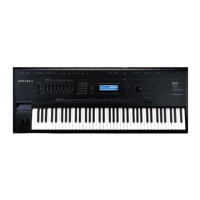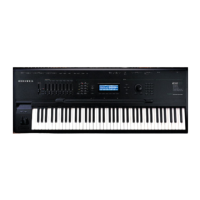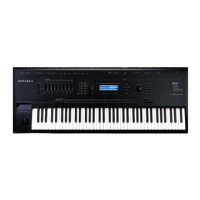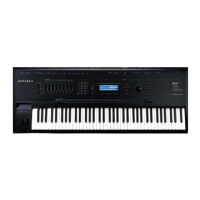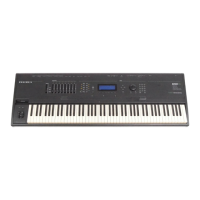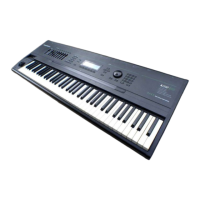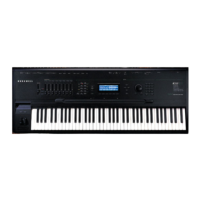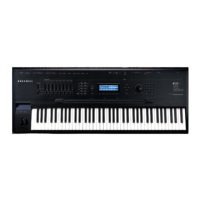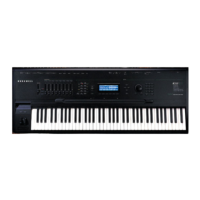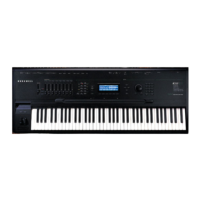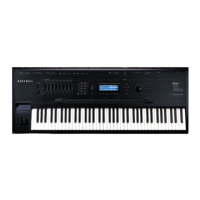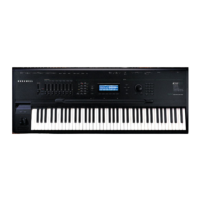Note Numbers and Intonation Tables
List and Description of Intonation Tables
5-3
List and Description of Intonation Tables
1 Equal No detuning of any intervals. The standard for modern western music.
2 Classic Just Tunings are defined based on the ratios of the frequencies between intervals. The origi-
nal tuning of Classical European music.
3 Just
b
7th Similar to classic Just, but with the Dominant 7th flatted an additional 15 cents.
4 Harmonic The perfect 4th, Tritone, and Dominant 7th are heavily flatted.
5 Just Harmonic
6 Werkmeister Named for its inventor, Andreas Werkmeister. It’s fairly close to equal temperament,
and was developed to enable transposition with less dissonance.
7 1/5th Comma
8 1/4th Comma
9 Indian Raga Based on the tunings for traditional Indian music.
10 Arabic Oriented toward the tunings of Mid-Eastern music.
11 1Bali/Java Based on the pentatonic scale of Balinese and Javanese music.
12 2Bali/Java A variation on 1Bali/Java, slightly more subtle overall.
13 3Bali/Java A more extreme variation.
14 Tibetan Based on the Chinese pentatonic scale.
15 CarlosAlpha Developed by Wendy Carlos, an innovator in microtonal tunings, this intonation table
flats each interval increasingly, resulting in an octave with quarter-tone intervals.
16 Pyth/aug4 This is a Pythagorean tuning, based on the Greek pentatonic scale. The tritone is 12 cents
sharp.
17 Pyth/dim5 This is a Pythagorean tuning, based on the Greek pentatonic scale. The tritone is 12 cents
flat.
18 Obj v
n.n
Not an intonation table; indicates version number of K2500 ROM objects.
In general, you should select a non-standard intonation table when you’re playing simple
melodies (as opposed to chords) in a particular musical style. When you use intonation tables
based on pentatonic scales, you’ll normally play pentatonic scales to most accurately reproduce
those styles. An excellent reference source for further study of alternative tunings is
Tuning In:
Microtonality in Electronic Music
, by Scott R. Wilkinson.
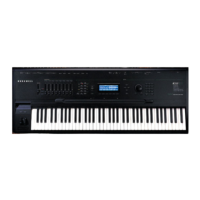
